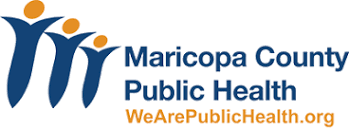The Legislature passed HCR2060 along party lines last week. The measure asks voters to approve a hodgepodge of new laws like empowering local law enforcement to enforce federal immigration laws. That authority comes with vague limits on how they would make that decision. HCR2060 also gives law enforcement civil immunity for apprehending persons they believe crossed at other than a port of entry.
It prohibits people from submitting false documents when applying for public benefits or employment, and hikes penalties for manufacture, sale of and possession of fentanyl.
We’ve scheduled a Public Health Policy Committee meeting for next Friday at 2pm to have the committee discuss whether they recommend to the Board whether to oppose HCR2060 – which will be on the November ballot.
We’ll include the committee’s recommendation in the June 21 Board meeting for a final decision. The SOS extended the deadline to submit arguments in the Publicity Pamphlet to July 3 – so we have time (the former deadline was June 20).
Note: The state constitution requires that all ballot propositions be of a ‘single subject’ See: AZ Single Subject Rule. HCR2060 is being challenged in court for violating this rule, which I believe it clearly does.
Last month our AZPHA Board of Directors approved our Public Health Policy Committee’s recommendation to take a position on 5 of the ballot measures. Our ballot arguments have been completed and filed with the Secretary of State.
Here are links to our Arguments:
- Vote for Access to Sexual and Reproductive Health (Yes)
- Empowering Arizona’s Moderate and Independent Voters (Yes)
- Protect Voter Choice: Vote No On Prop 133
- Arizona’s Voter Initiatives Under Threat: Vote No on Prop 134
- Arizona’s Emergency Response at Risk: Vote No on Prop 135
See also: RHC-Presentation-2024-Ballot-
Anybody can turn in an argument. Simply write up an argument (300-word limit) and submit it to the General Election Ballot Measure Argument Portal along with the $75 fee. The portal is open through July 2.





